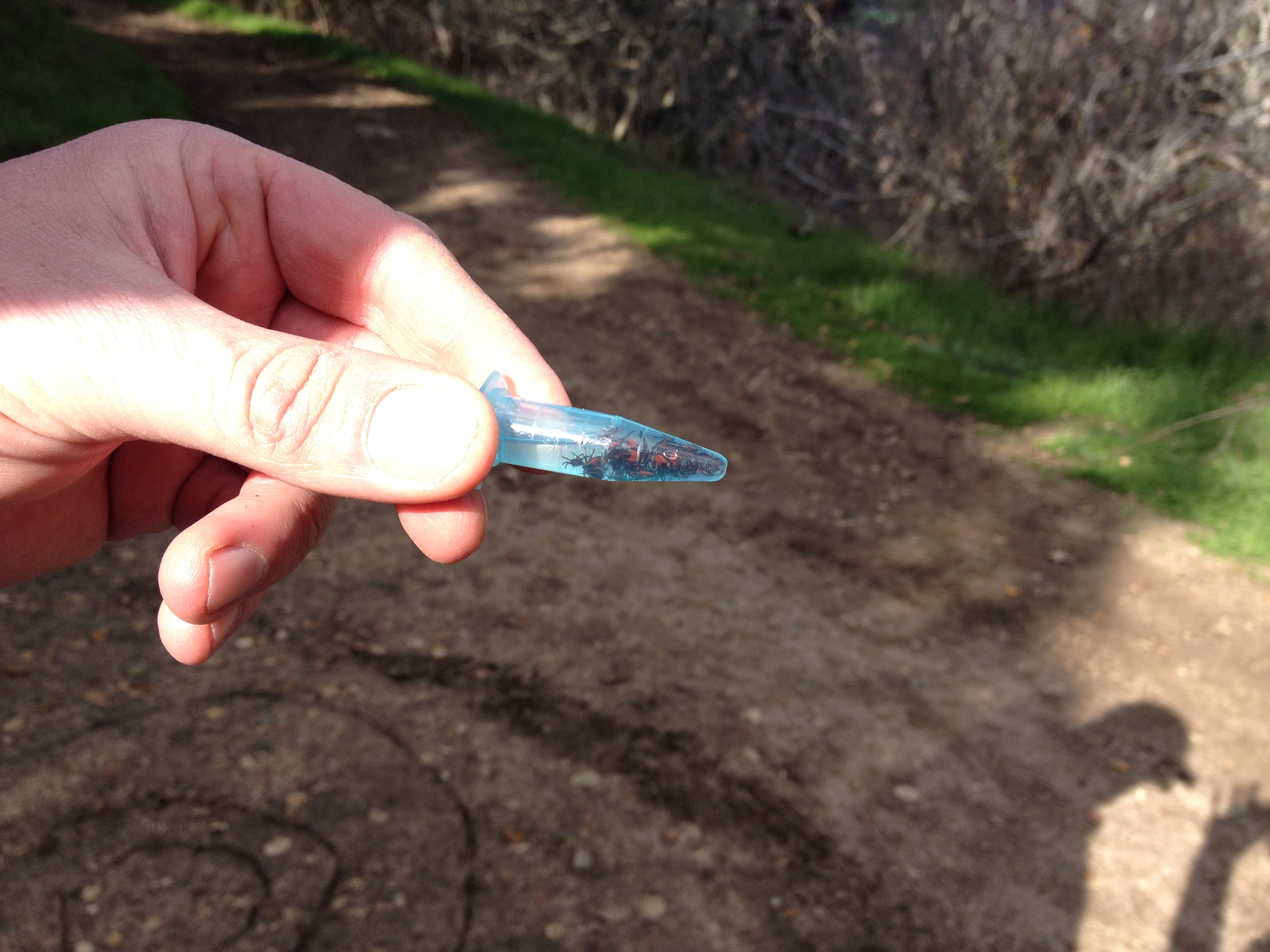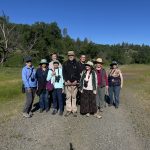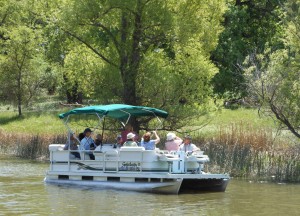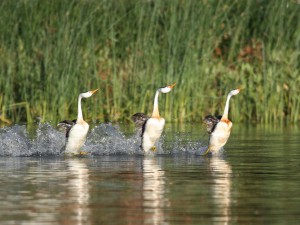TO BE RESCHEDULED
Redbud Audubon Speaker to Offer Vital Information on Ticks and Lyme Disease

Redbud Audubon Society will reschedule the program with Jo Ellis of the Bay Area Lyme Foundation who will discuss the many Tick-borne diseases that are on the rise throughout the US. “It is very important that people working or recreating outdoors become aware of the risks around tick bites to protect themselves. It’s vital to understand the potential long-term, serious impact of a tick bite, recognize the early symptoms of a tick-borne infection, know how to advocate for yourself with medical professionals, and know the correct treatment protocols,” Ellis states.
Ellis, from the Bay Area Lyme Foundation, will give the latest hard facts about Lyme and tick-borne diseases in the US, plus offer relevant materials, giveaways, and signage that can be put to use immediately. Bay Area Lyme Foundation is primarily a medical research foundation. Their mission is to make Lyme disease easy to diagnose and simple to cure.
This presentation will cover topics such as how to prevent tick bites; how to recognize the symptoms of Lyme; what kind of rashes to watch for; which tick removal strategies are effective; how to save a tick for testing; and answer issues in current diagnostics like why is it so hard to diagnose Lyme.
Lyme disease is expanding at a startling rate
Lyme disease is the fastest-growing vector-borne disease in the US today. The Centers for Disease Control and Prevention (CDC) estimates 330,000 NEW cases every year. This is an increase of up to 10 times what was previously believed.
In California, infected ticks are found in 42 of 58 counties. Lyme disease has been reported in 49 of 50 states and 65 countries worldwide
Colloquially referred to as “nature’s dirty needles,” ticks harbor a wide range of bacteria, viruses and parasites that can cause serious, even deadly, diseases in humans.
Knowing how to protect yourself and your family is key to enjoying the outdoors.
California is a hotspot for the disease
The disease was first discovered in New England (Lyme, Connecticut) and has been expanding its footprint across the country with hot spots in the northern Midwest and on the coast in California.
On the West Coast, the primary carrier is the Western blacklegged tick, or Ixodes pacificus, and its principal host the grey squirrel. (This differs from the East Coast where the Eastern Blacklegged tick, Ixodes scapularis, is the principal carrier and the white-footed mouse its primary host.).
Diagnosis and treatment can be challenging
Lyme disease can be a confusing and frustrating experience. With symptoms that can be difficult to diagnose, limited public awareness, and plenty of contradictory information and points of view about treatments, prognosis, and scope, Lyme disease can also feel very isolating. Early treatment is typically successful, but many patients go undiagnosed for years.
Current diagnostics miss up to 60% of acute cases. The current “gold standard” diagnostic for Lyme disease is a two-tiered ELISA/Western Blot blood test measuring human antibodies against Borrelia burgdorferi. This diagnostic is an indirect measure of infection, detecting the body’s immunologic response to infection rather than detecting the Lyme bacteria itself. It misses up to 60% of cases of early-stage Lyme disease, as it can take weeks for the body to develop measurable antibodies against the infection.
Jo Ellis has 20+ years of experience developing and marketing educational programming for schools, nonprofits, and corporations. A native of the United Kingdom, Jo received her BA/MA from Cambridge University and holds a post-graduate high-school teaching certification from the University of London.




